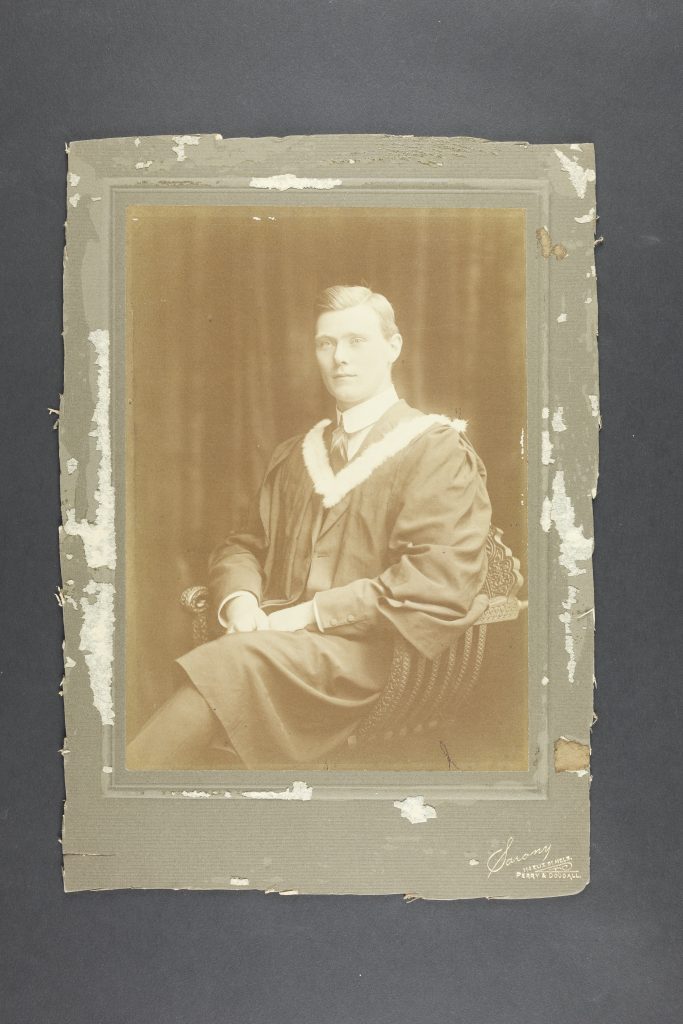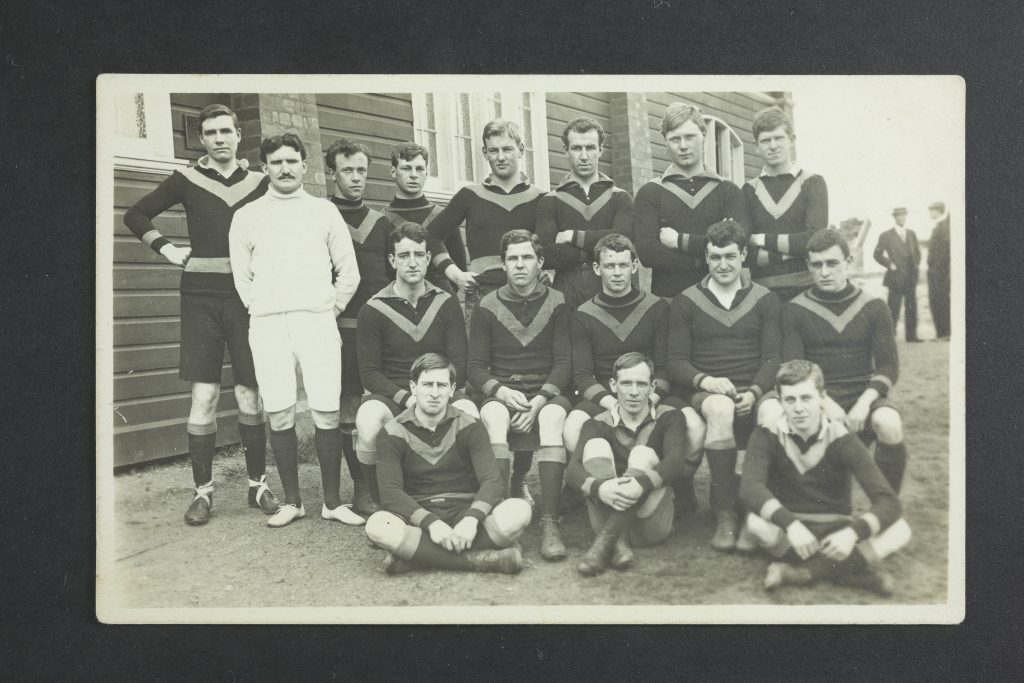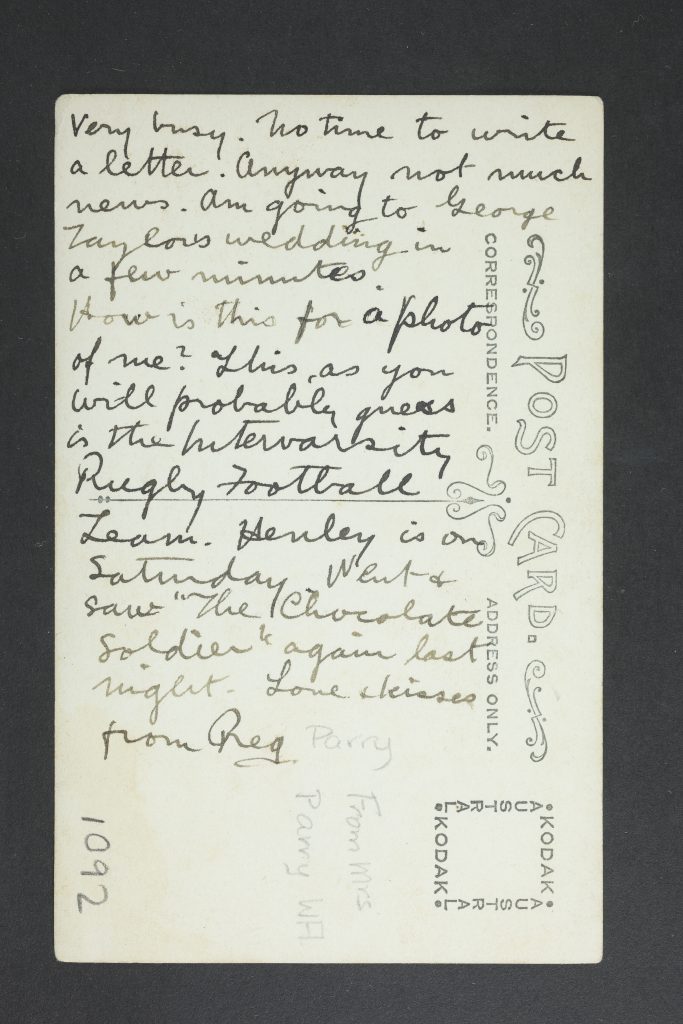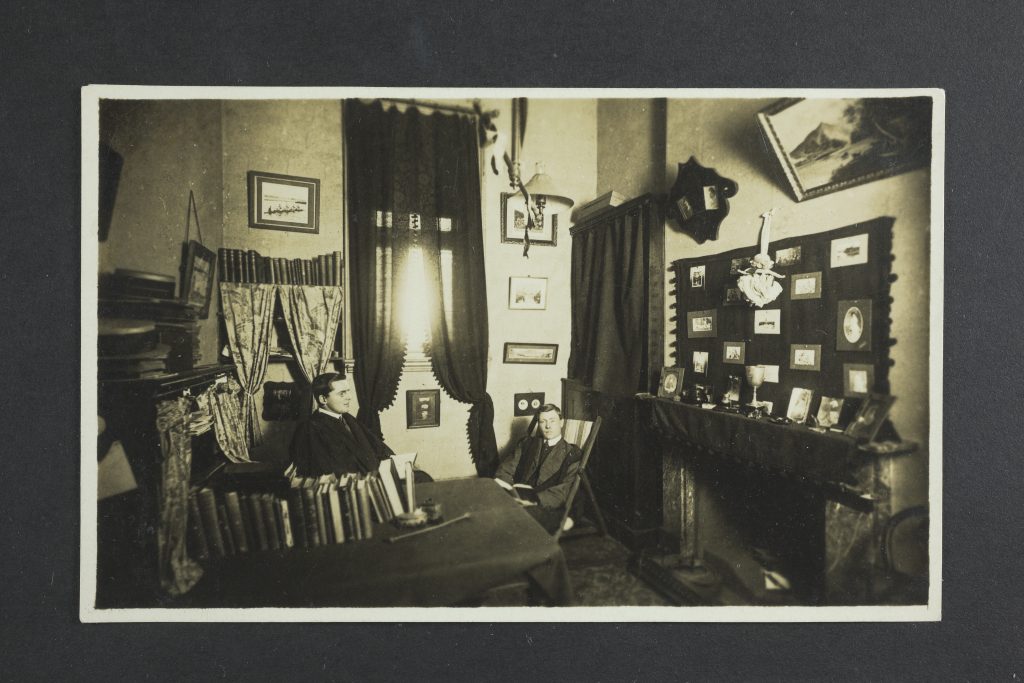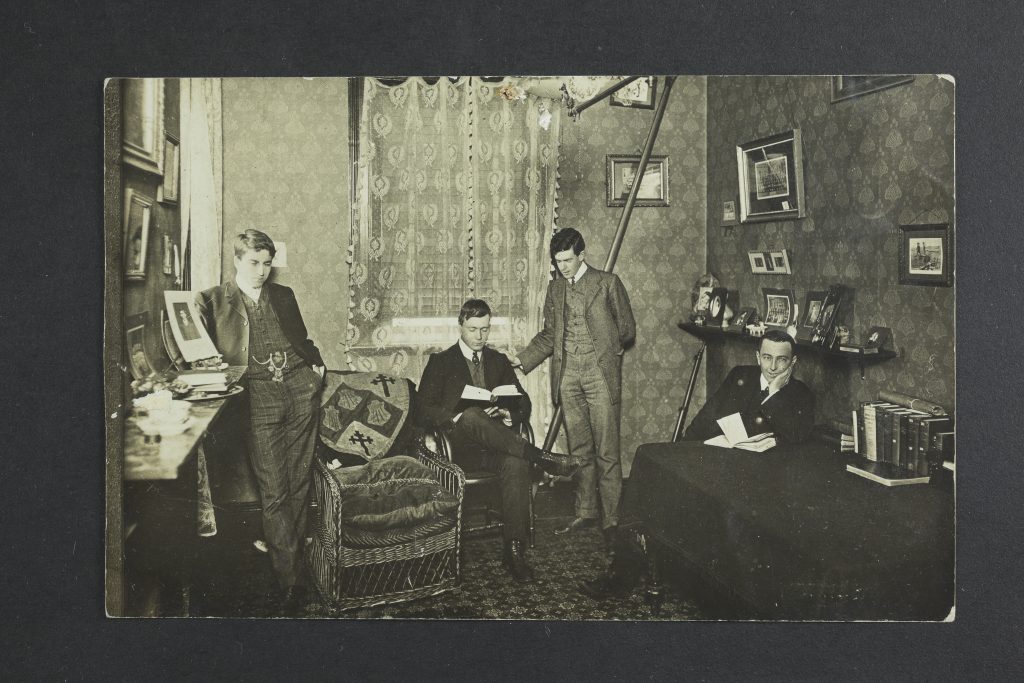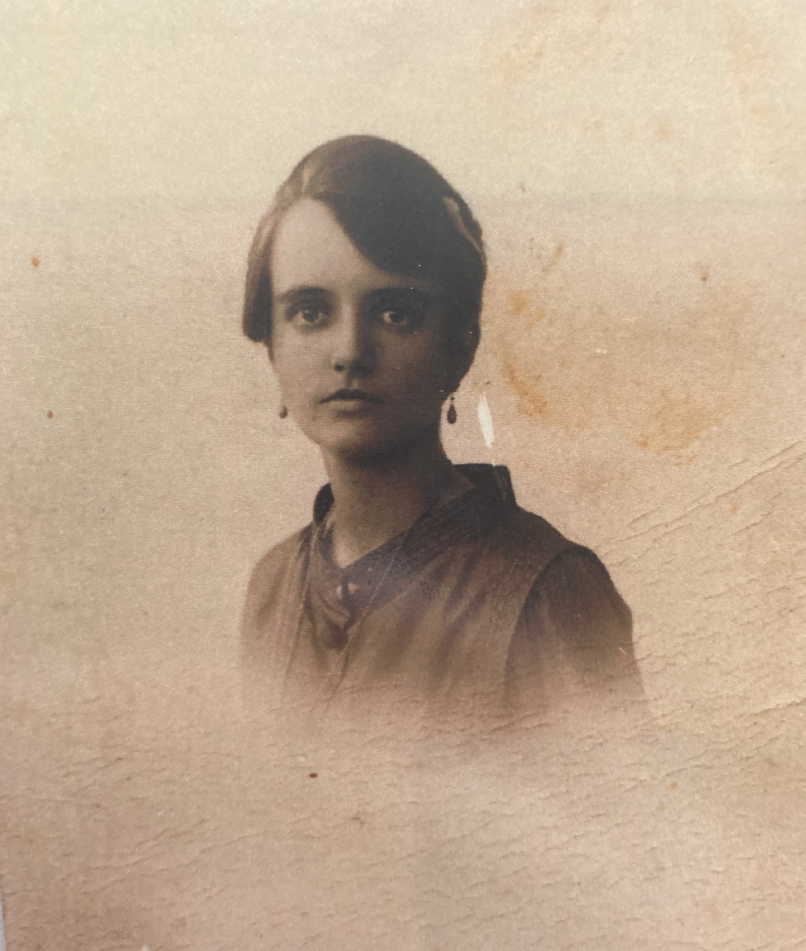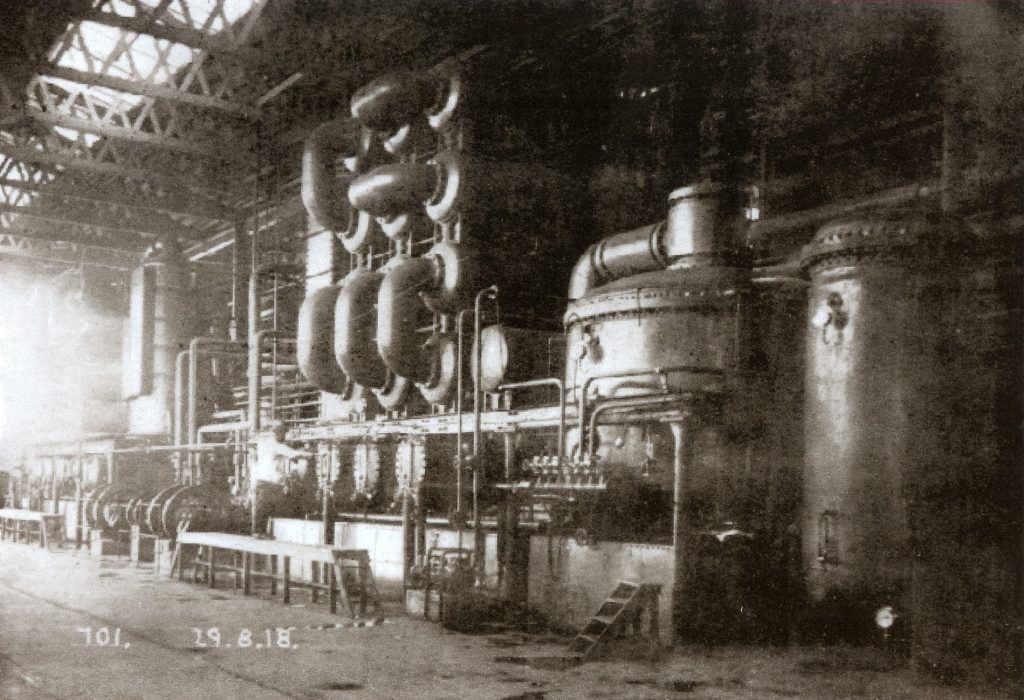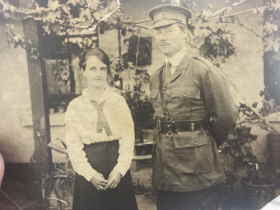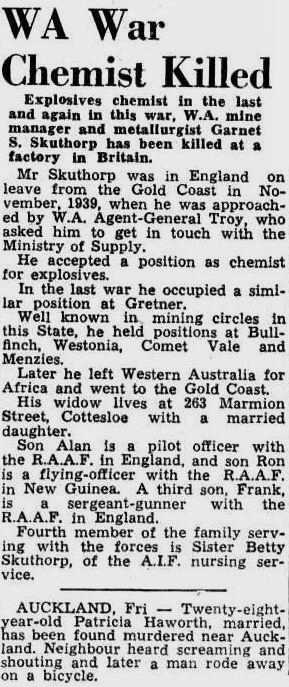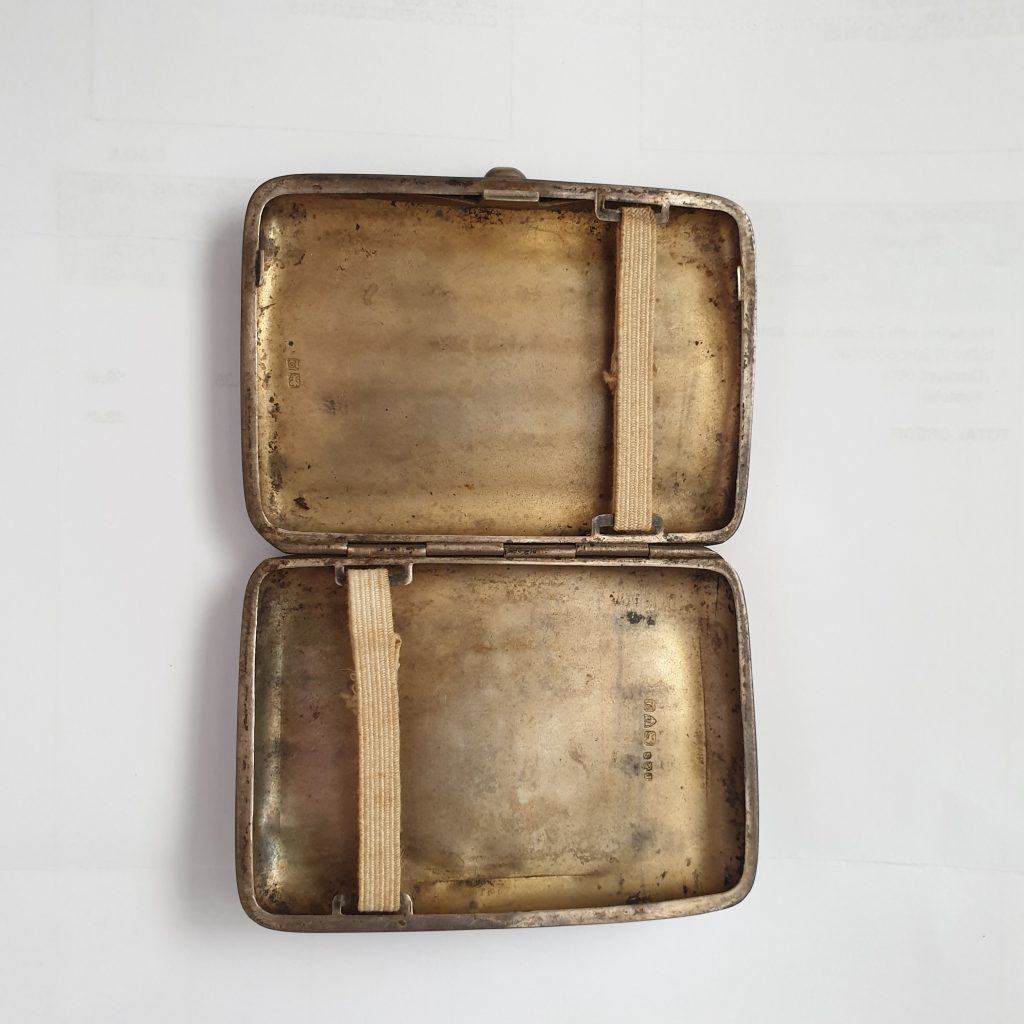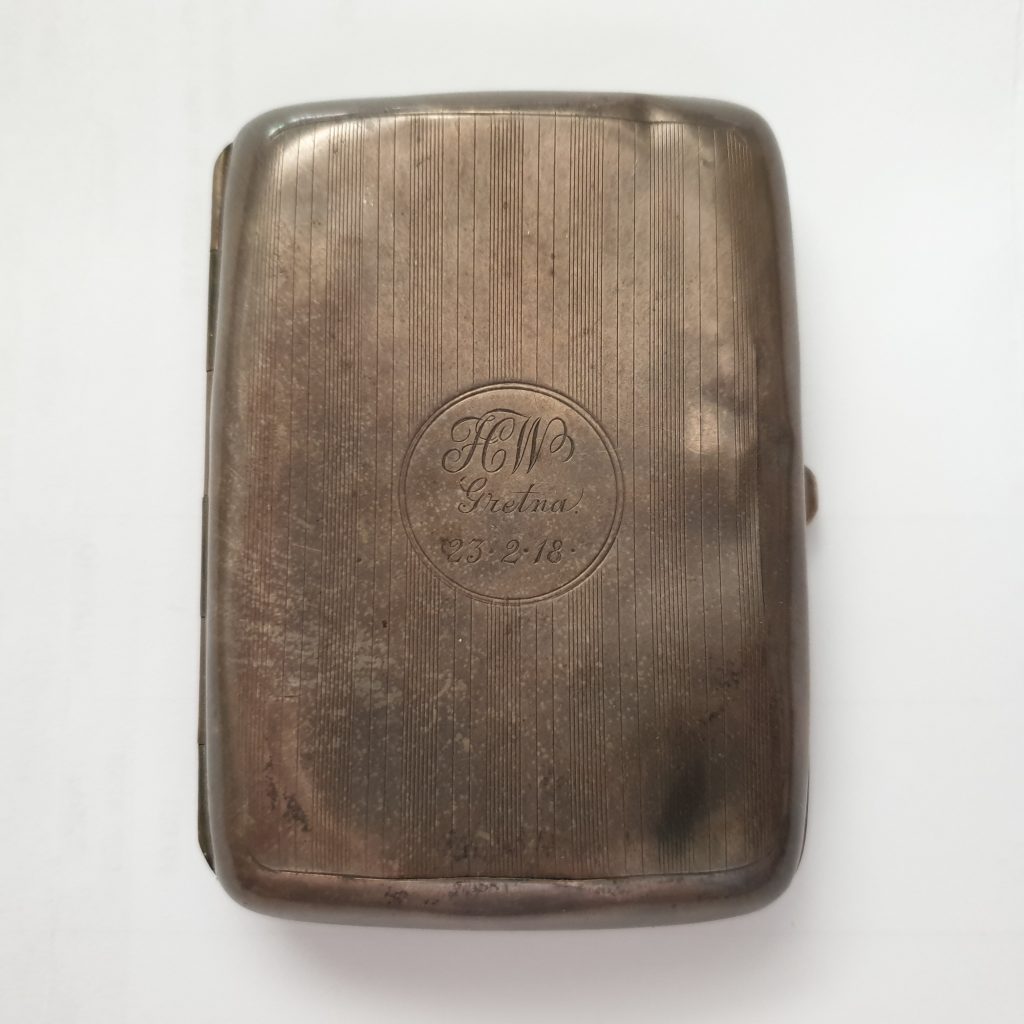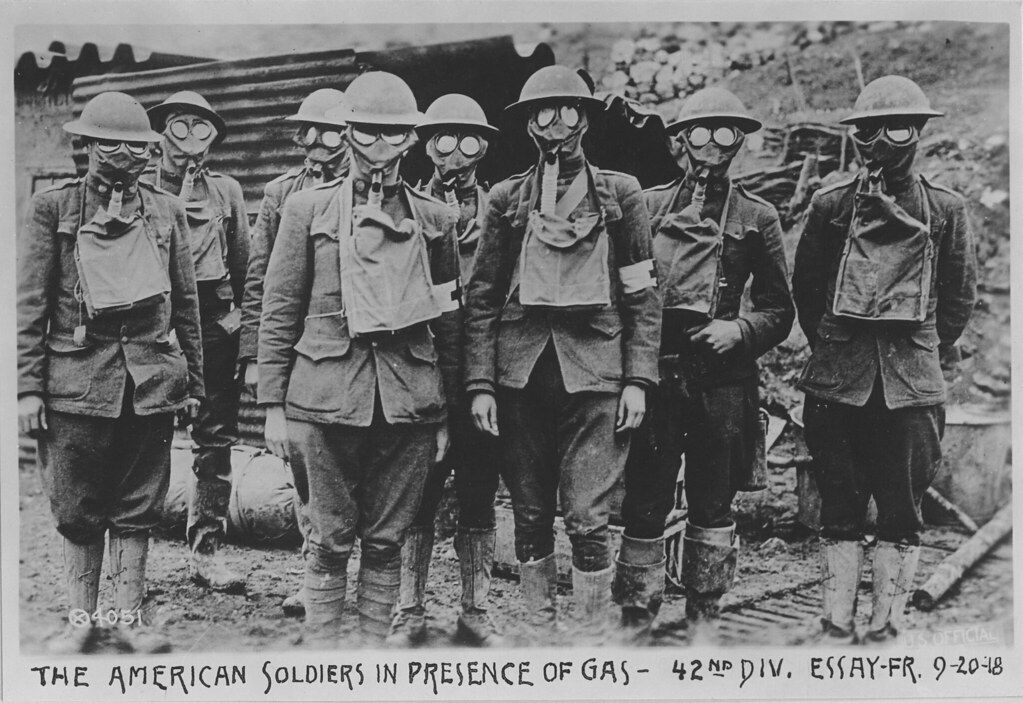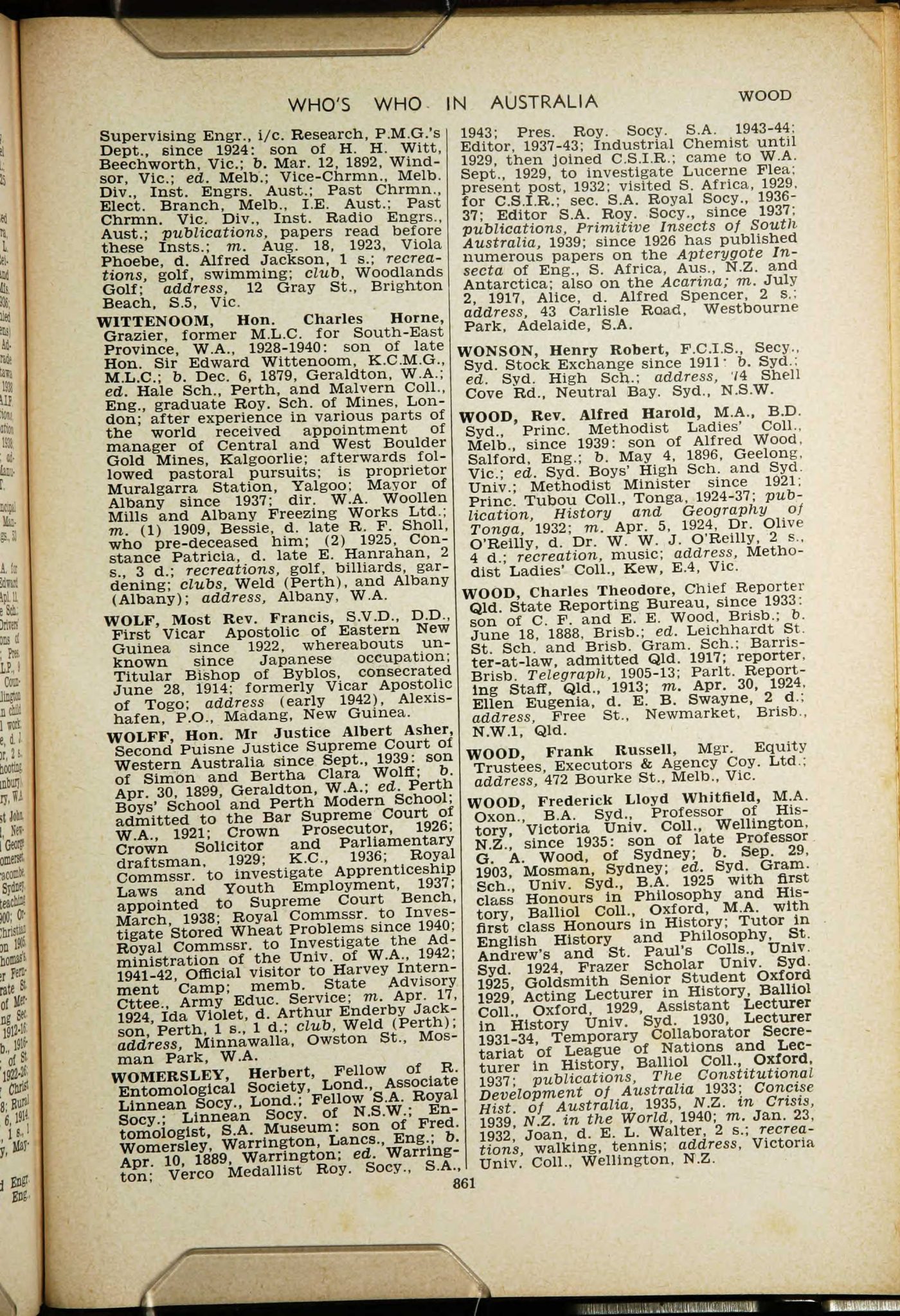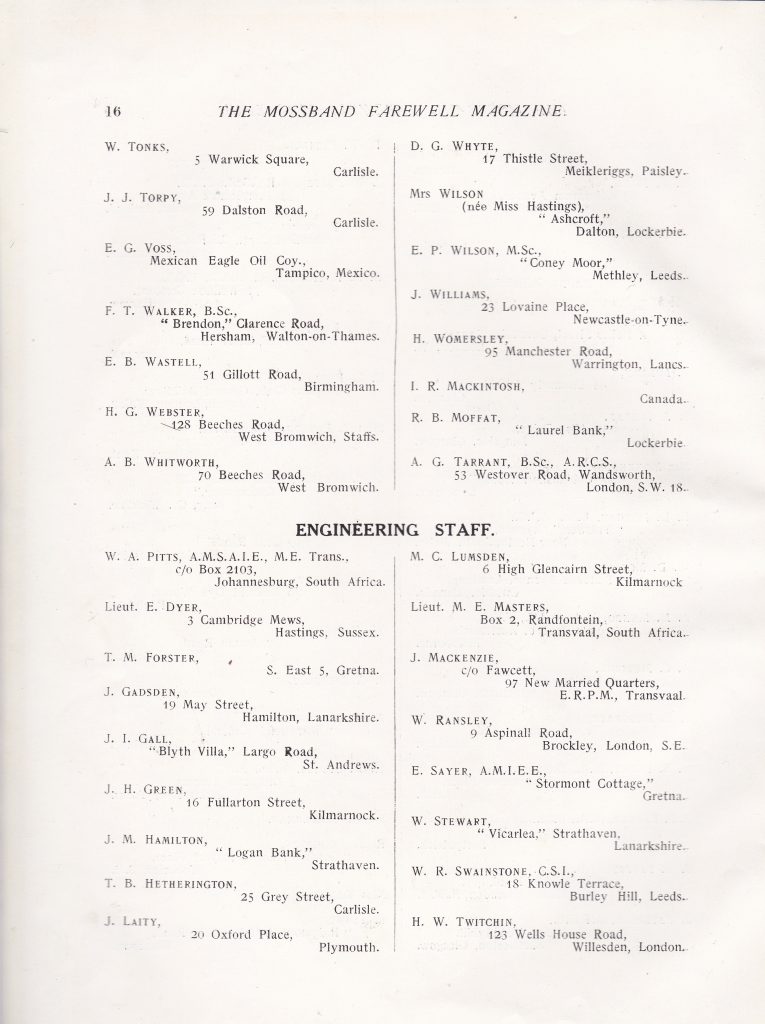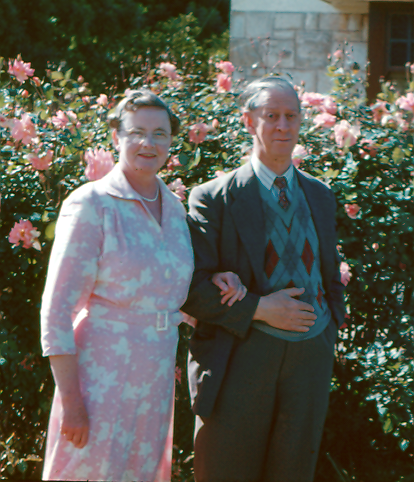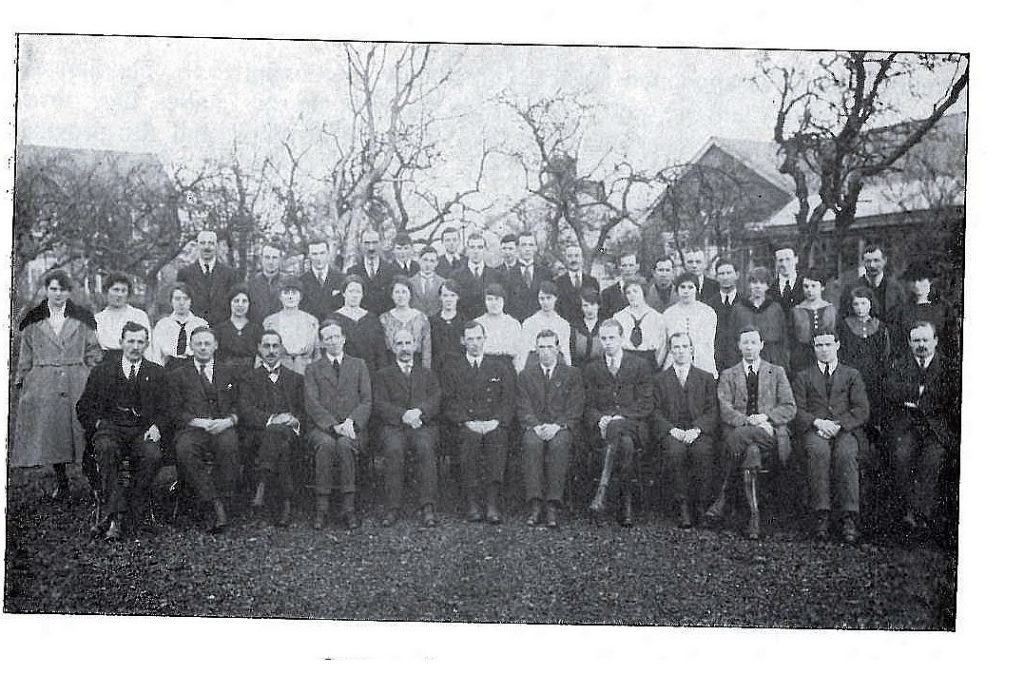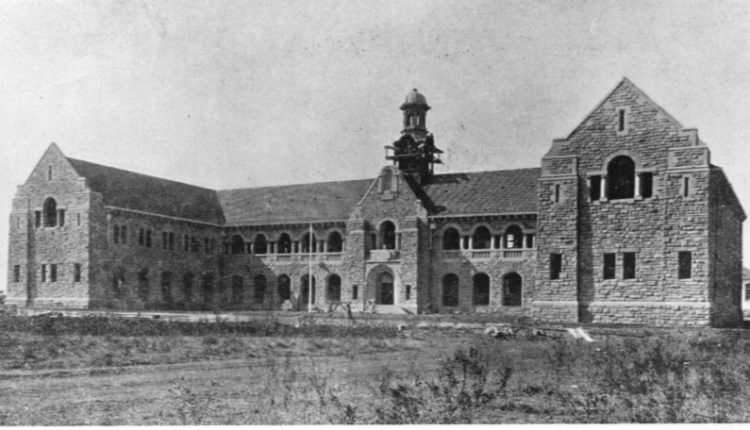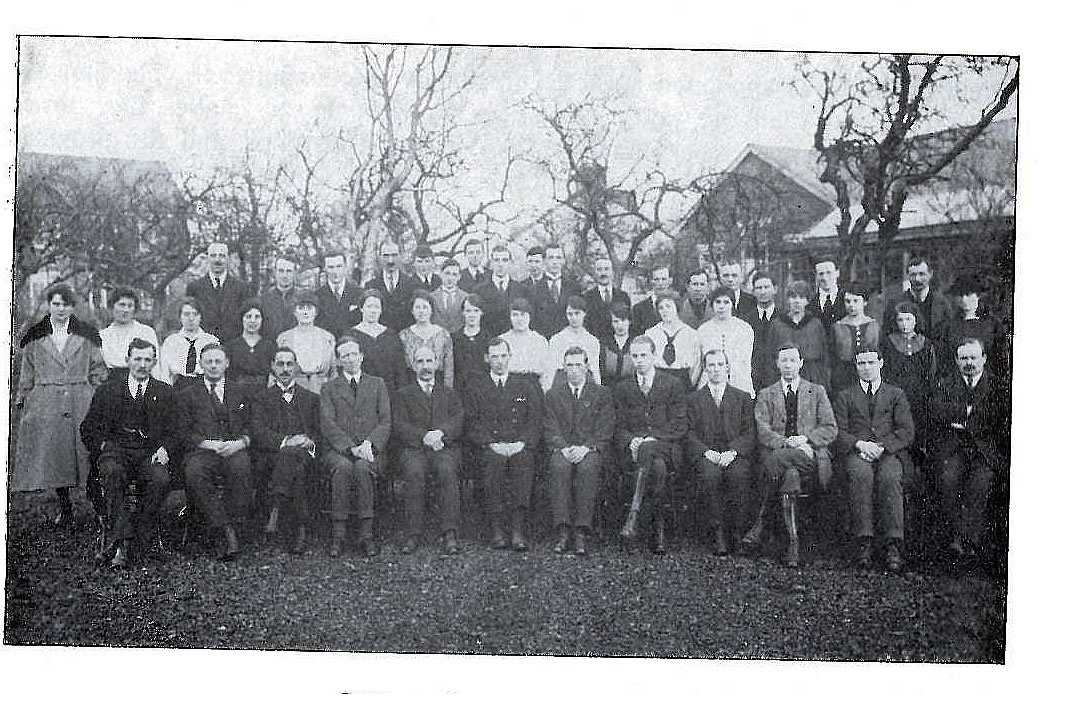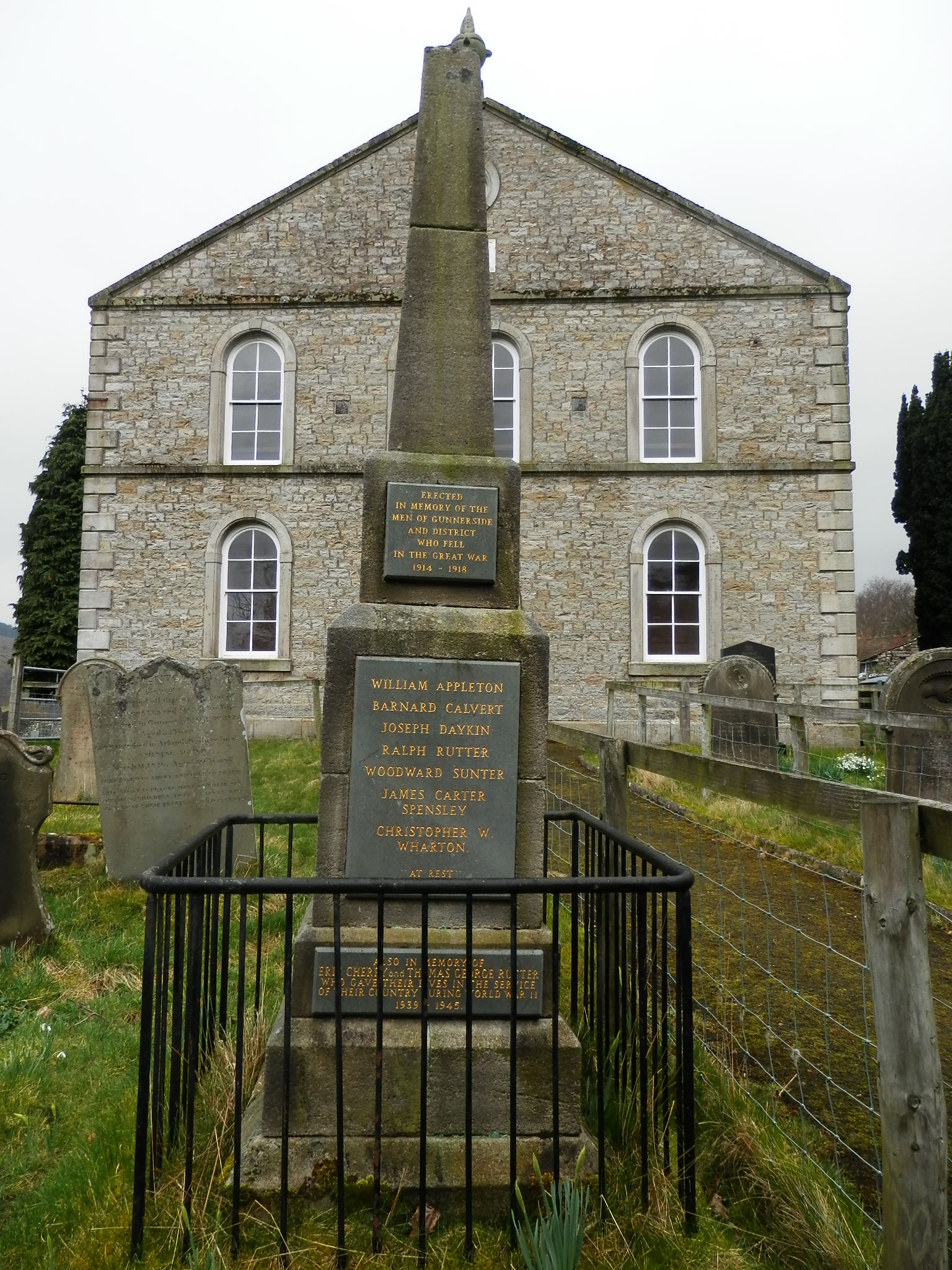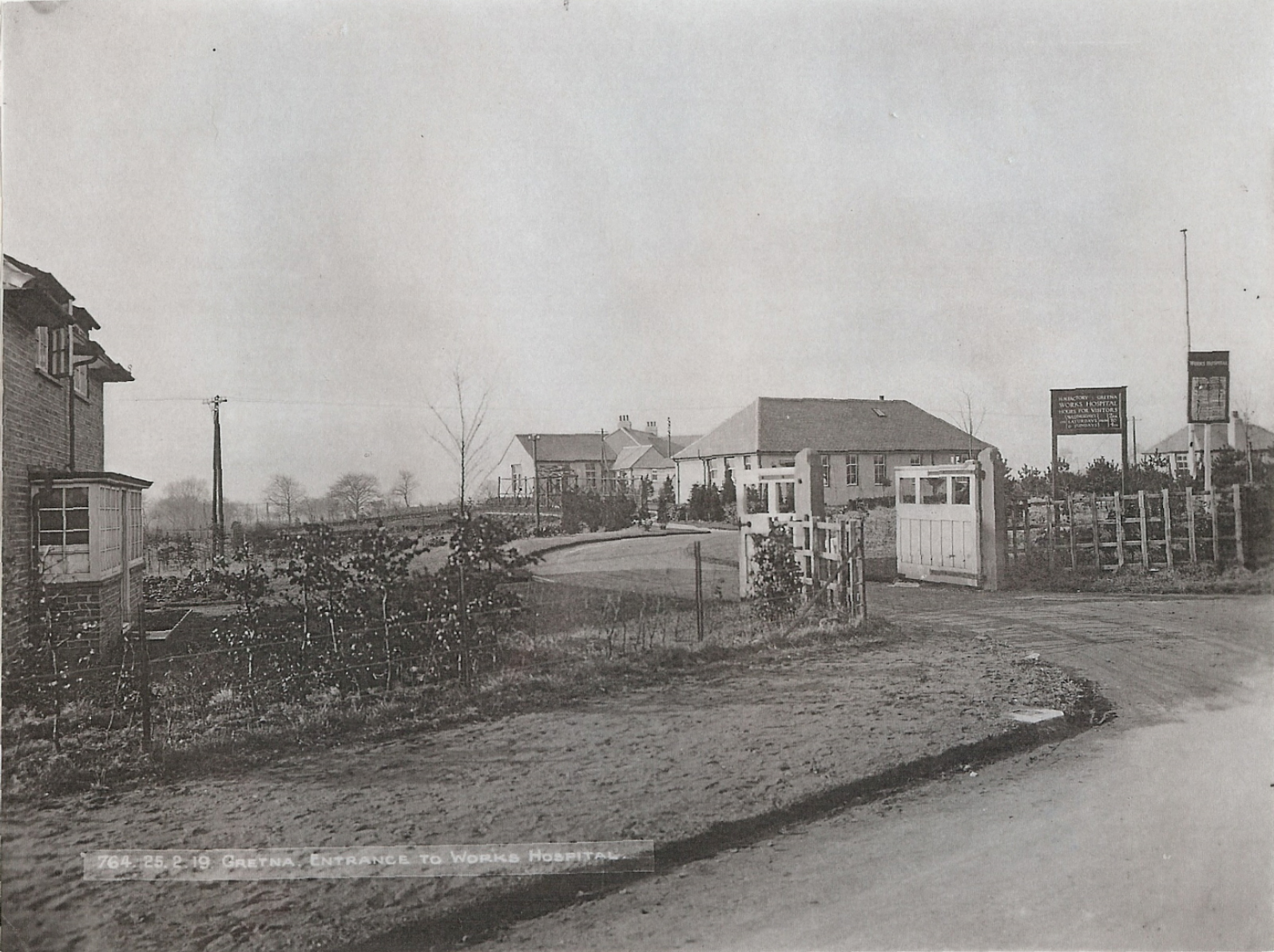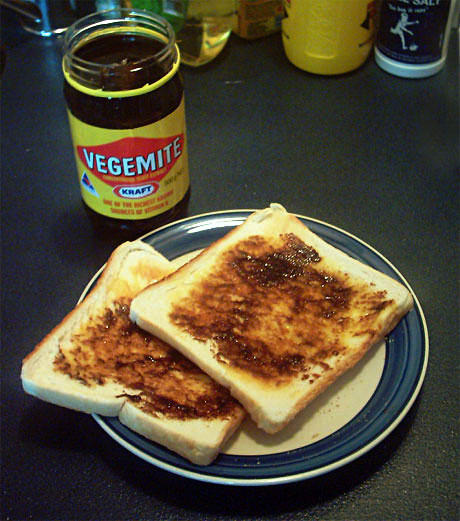
Worker of the Week is a weekly blogpost series which will highlight one of the workers at H.M. Gretna our volunteers have researched for The Miracle Workers Project. This is an exciting project that aims to centralise all of the 30,000 people who worked at Gretna during World War One. If you want to find out more, or if you’d like to get involved in the project, please email laura@devilsporridge.org.uk. This week, Research Assistant Laura Noakes writes up volunteer Daniel’s research into Cyril Callister.
Cyril Callister was born in 1893 in Chute, Australia. In 2016, Chute had a population of 18, so it was likely a very small place for Cyril to grow up in the late 19th century![1] Cyril’s father, William, was a schoolmaster, and he and his wife, Rosetta, had married in 1888.[2] Rosetta’s father had emigrated to Australia from England, and worked as a wood sawyer.[3] Cyril had nine siblings, eight of whom survived to adulthood.
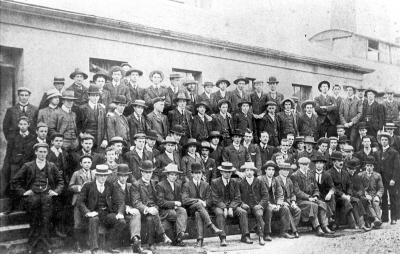
Students of the Ballarat School of Mines, c1900. Courtesy Federation University Historical Collection [Cat. No. 272]. This was probably before Cyril’s time (as he was 7 in 1900), but gives us an idea of the cohorts of students at the time.
He then went on to study at the University of Melbourne after he was awarded a generous scholarship. He gained his Bachelor of Science degree in 1914 with double honours in physics and chemistry, a Master of Science degree in 1917 and a PhD in 1931.
Cyril took a job at Lewis and Whitty in early 1915. Lewis and Whitty was a prominent manufacturer of food and other household products—such as soap.[5]
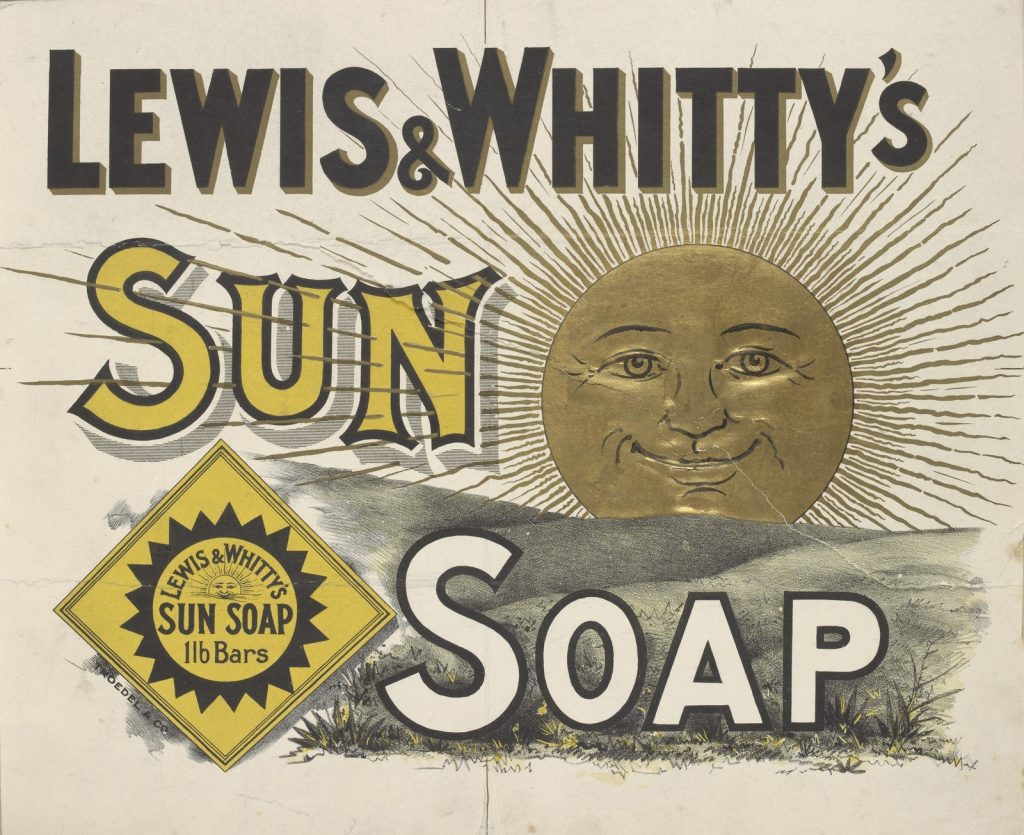
http://search.slv.vic.gov.au/primo-explore/fulldisplay?vid=MAIN&docid=SLV_VOYAGER1810449&context=L&search_scope=Everything
But later that same year he joined the Australian Imperial Force to fight in World War One. However, before he could get to the front, Cyril’s skills and knowledge in chemistry probably brought him to the attention of the Ministry of Munitions. Cyril was diverted into overseas munitions work in England, first in Wales, and then in Scotland, at HM Factory Gretna.[6]
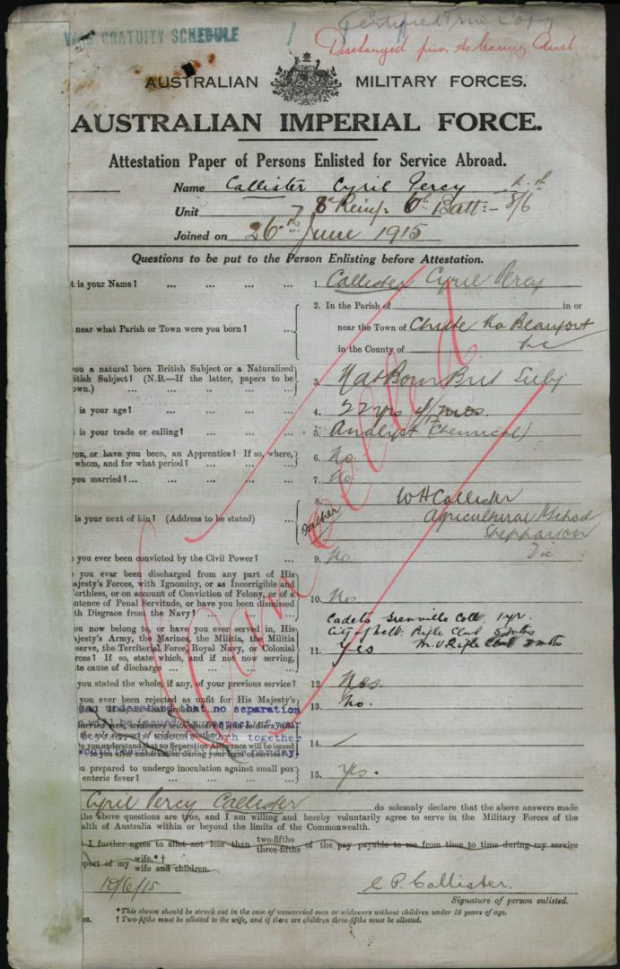
Cyril’s enlisting papers in WW1
We know he was at Gretna because he is recorded as being there when elected as a New Associate of the Institute of Chemistry in 1918.[7] Whilst there, he worked as a shift chemist. He also met a local girl, Katherine Hope Mundell, who he married in 1919 in Annan, Scotland.
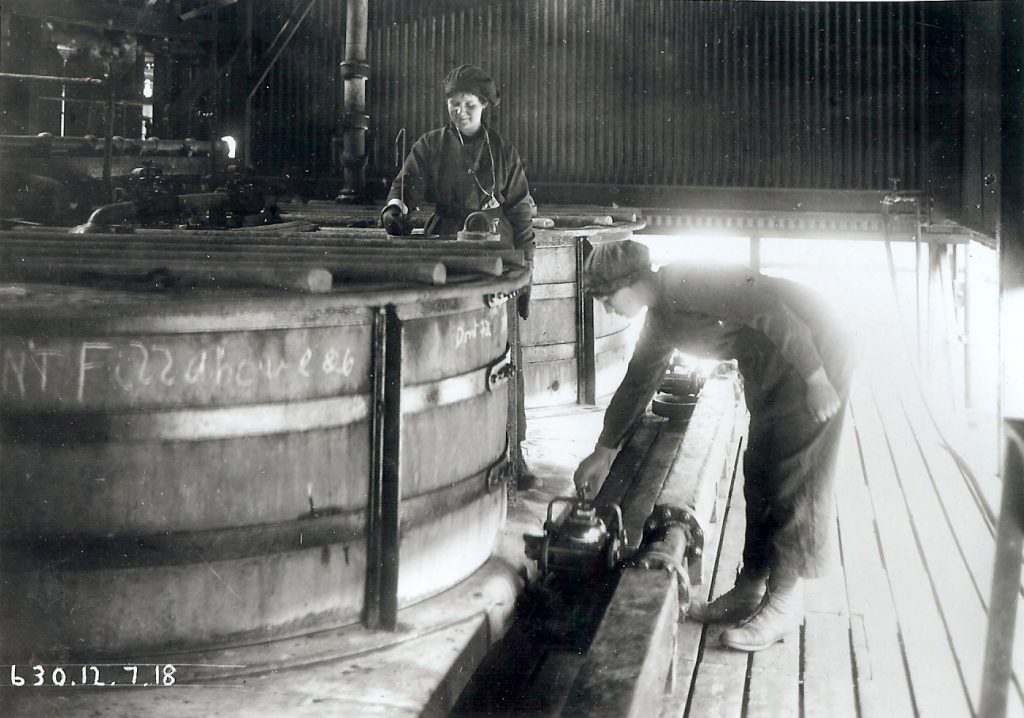
The acid mixing stations at HM Factory Gretna. Photo from The Devil’s Porridge Museum’s archive collection
After the war, Cyril and Katherine returned to Australia. In 1923, Cyril was working at Fred Walker and Co. Because of the disruption in trade caused by hostilities, the exportation of Marmite to Australia was severely affected.[8] Cyril was tasked with addressing this issue—he developed a yeast extract named Vegemite, which was first sold to customers in 1924. In 1925, Cyril sent samples of Vegemite to London for testing and discovered that his product had high levels of vitamin B, which solidified Cyril’s belief that Vegemite was rich in nutrients.[9] Vegemite soon became an Australian staple.

Credit: https://commons.wikimedia.org/wiki/File:Vegemiteontoast_large.jpg
But Cyril wasn’t done with his food innovations yet! In 1926, he developed Kraft Walker Cheese – a cheese that was more easily preserved for longer. Cyril was appointed chief chemist and production superintendent. He became a director of the Kraft Walker Cheese Co in 1935.[10]
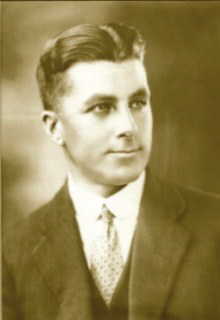
Portrait of Cyril Callister, inventor of Vegemite and Ballarat School of Mines alumnus. Photo credit: Federation University Australia Historical Collection (Geoffrey Blainey Research Centre
During WW2, Cyril worked with Government to provide food rations to serving soldiers and experimented with the dehydration of food. He was also instrumental in securing the Royal Charter for the Royal Australian Chemistry Institute in 1931.[11] He passed away following a heart attack in 1949, leaving behind his widow, two daughters and a son.[12] Unfortunately one of his children pre-deceased him—Ian Hope Callister died whilst fighting in WW2 at the young age of 21.[13]
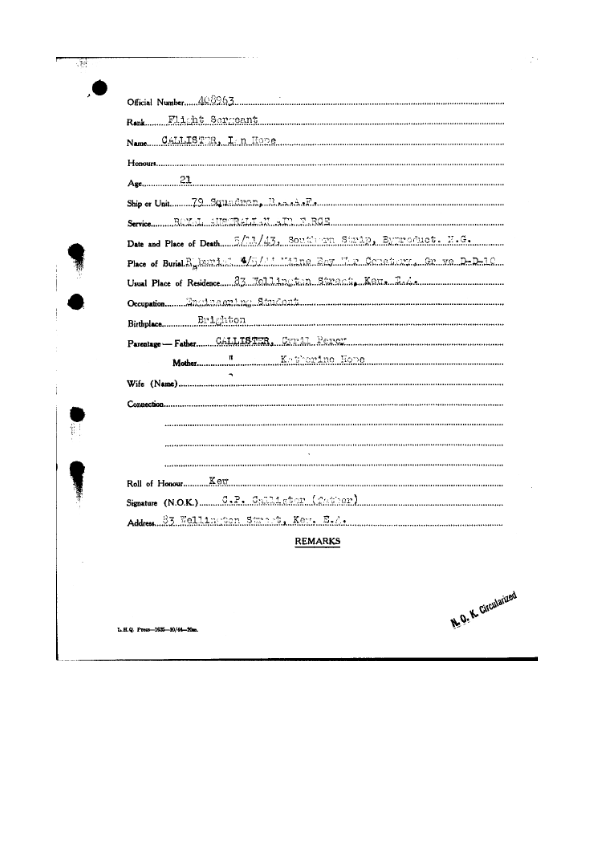
The Roll of Honour Circular for Ian, Cyril’s son, following his death in WW2.
Cyril’s legacy is plain to see—Vegemite is globally known and his other food manufacturing developments paved the way for future research But his life was also blighted by two global conflicts—he had to divert into munitions in the Great War, and lost his son in World War Two.
[1] Australian Bureau of Statistics (27 June 2017). “Chute”. 2016 Census QuickStats.
[2] Australia Marriage Index, 1788-1950 for William Callister and Rosetta Dixon, 1888. Retrieved from Ancestry.
[3] 1861 England Census for John Dixon, Parliamentary Borough of Lambeth, retrieved from Ancestry.com.
[4] Lines of Succession: The Origins of the University of Ballarat from 1870. University of Ballarat, 2012, referenced: Ballarat School of Mines – Ballarat and District Industrial Heritage Project (federation.edu.au)
[5] Biography – Cyril Percy Callister – Australian Dictionary of Biography (anu.edu.au)
[6] Biography – Cyril Percy Callister – Australian Dictionary of Biography (anu.edu.au)
[7] INSTITUTE OF CHEMISTRY 1918 Part 1 The Institute of Chemistry of Great Britain and Ireland. Proceedings, 1918. Part I – Proceedings of the Institute of Chemistry of Great Britain and Ireland (RSC Publishing)
[8] Cyril Callister Biography, Achievements, Australian chemist, Food Technologist (aussiedigest.com)
[9] Biography – Cyril Percy Callister – Australian Dictionary of Biography (anu.edu.au)
[10] Biography – Cyril Percy Callister – Australian Dictionary of Biography (anu.edu.au)
[11] Cyril Callister (1893-1949) – Ballarat and District Industrial Heritage Project (federation.edu.au)
[12] Obituary in The Age, 06 October 1949.
[13] Record Details for Ian Hope Callister (Royal Australian Air Force) (forces-war-records.co.uk)

